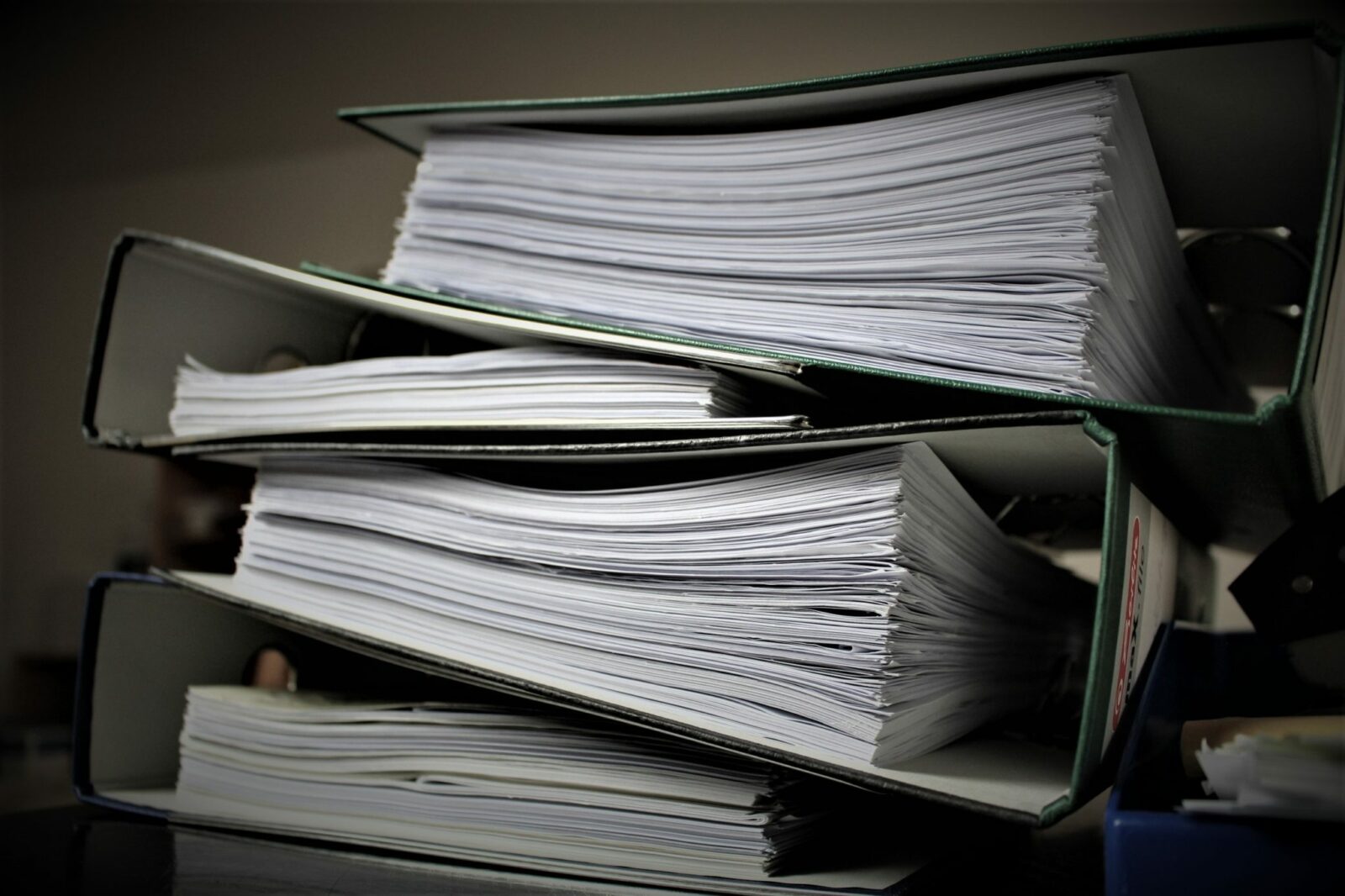IRS Rule Targets Automatic Gratuity

Have you noticed that fewer restaurants are including automatic gratuities on their checks? The reason behind this change likely is a tax rule change that will have a significant impact on employers and employees in the hospitality industry. Automatic gratuities have been a long standing practice for many restaurants around the country. Each restaurant is unique in this practice, but generally speaking, an automatic gratuity is included on a check for parties greater than 6-8 people. Revenue Ruling 2012-18 went into effect this year, and the thrust of it is that automatic gratuities no longer are considered for tax purposes to be tips; they instead are considered to be wages when transferred to the employee. Following is a brief explanation of the rules and the changes brought on by this ruling.
Background
Restaurant servers receive two primary types of remuneration: wages and tips. Wages are subject to income, Social Security and Medicare withholding taxes; with the employer matching, from its own coffers, the Social Security and Medicare amounts. Administratively, this withholding and payment of tax is handled by the employer. The employee simply receives a net paycheck.
Tips are subject to essentially the same taxes as wages, but the administration is handled very differently because the reporting burden initially rests with the employee, who is responsible for informing the employer of the amount of tips collected and turning over his or her share of payroll taxes for the employer to remit. The employer is still responsible for the payroll tax “match.”
So if the taxes are similar, why the need for change? To put it simply, Congress and the IRS place more trust in employer’s compliance with withholding rules than employee’s compliance with self-reporting, and this is one of many examples where they have pushed the administrative burden onto the employer to reduce what they perceive is under-reported tax. There are other impacts, though. Tips are considered payments directly from customers to servers; they bypass the employer. For that reason, tips are not included in the restaurant’s gross receipts and are not subject to sales tax. With this change, the gratuity is deemed by the IRS to be a service fee payable initially to the restaurant. As a result, it may be subject to state or local sales tax, which drives up the cost to us, as patrons of the restaurant. Also, tips generally go to servers’ pockets on a daily basis; wages are paid less frequently, such as weekly.
For these reasons, generally tax authorities prefer gratuities to be taxed as wages, while servers and employees (and customers – due to the absence of sales tax) will prefer gratuities to be taxed as tips. (Note that there is a tip credit available to employers that can often neutralize the impact of the employer’s payroll taxes.)
What is the impact of the change?
The new rules state that all of the following must be met for gratuities to be considered tips:
- The payment must be free from compulsion,
- The customer must have the unrestricted right to determine the amount,
- The payment should not be the subject of negotiation or dictated by employer policy, and
- Generally the customer has the right to determine who receives the payment.
Automatic gratuities appear to fall outside the definition of tips because they are added due to employer policy, the restaurant determines the amount, and the restaurant (by including it on the bill) dictates who will receive (initially) the payment. With the imposition of these rules, the automatic gratuities are treated as revenue to the employer, are subject to sales tax, and are subject to automatic payroll tax withholding by the employer, with no reliance on reporting of those tips by the employee.
Industry reaction
Some restaurants have decided to do away with automatic gratuities entirely, but that could have an ill effect on their servers. One potential effect could be that patrons in a large group may incorrectly assume that gratuity has been included in their check, as it has been a longstanding norm, and leave the server no tip. Many chain restaurants have begun to rethink their automatic gratuity policy in a way that makes gratuity optional again for large parties. One idea has been to calculate suggested tip amounts on the bill, leaving the customer to select that amount or write in his or her own.
Conclusion
With automatic gratuities now being treated so differently than in the past, our readers who own restaurants may want to revamp their policies for large parties, as many already have. For the rest of us, let’s remember as patrons that servers rely on gratuities for a large portion of take-home pay, and we should remain as generous as appropriate, even though automatic gratuities may not be applied.
Disclaimer of Liability: This publication is intended to provide general information to our clients and friends. It does not constitute accounting, tax, investment, or legal advice; nor is it intended to convey a thorough treatment of the subject matter.
